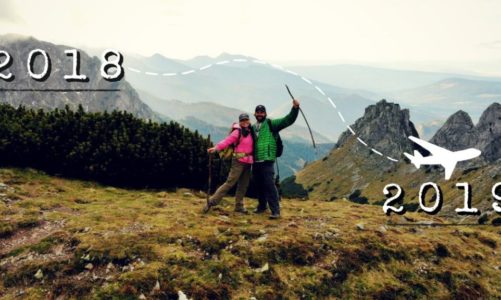Learning any language is difficult without some level of immersion. Although you can speak Spanish without a native-speaking partner, you’ll miss out on cultural nuances, like slang, modern gender classifications, and casual vs. professional word use needed for fluency.
If you’re planning to go to Spain, you can improve your pronunciation and cadence by using your skills. If you’re a complete Spanish newbie, you can still learn a lot from your trip.
How to Learn A Lot of Spanish in Spain
Learning some basic Spanish greetings and phrases can really help you enhance your trip experience. That’s why you should enroll in a speaking Spanish course before going to Spain.
1. Choose an Appropriate City
American English doesn’t have a unified accent or speaking style, and neither does Spanish. Standard Spanish, also called “Castilian Spanish,” is mainly spoken in Madrid. You’ll also have the choice to learn Catalan, Basque, or Galician, but most of Spain speaks Castilian.

Some accents, especially in the South, can be harder to decipher for new Spanish speakers, but these speakers are usually situated in cities with a lower cost of living. When choosing your city, consider how you want to speak Spanish and if you can afford to live in a major city center.
2. Research Your Spanish School
As stated, it’s better to go to Spain with some Spanish skills, so you’ve likely used an online learning app to reach some level of fluency. However, it’s in your best interest to go to a Spanish language school in Spain, so you can get acquainted with the culture and its nuances.
Keep in mind that a Spanish school is only as good as its teachers, so don’t settle for online reviews and personal recommendations. What’s more, a good Spanish language school should do more than teach you grammar and vocabulary; it should be immersive and hands-on.
3. Learn Spanish From Multiple Cities
Even if you want to speak Spanish with a Castilian accent, it’s essential to expose yourself to different dialects early on. According to Statista, 543 million people speak Spanish, but you won’t be able to understand Mexican Spanish if you don’t train your ear as soon as possible.

A good way to immerse yourself in a different dialect is by booking two separate courses or studying with a school with branches in more than one city. You can work with your school to synchronize your learning, so you won’t miss key units in one or more of your classes.
4. Get an Intercambio
An Intercambio (“language exchange”) is a language partner that helps you practice your Spanish skills in exchange for help with their English skills. Getting an Intercambio can help you make friends with other Spanish locals because Intercambios often develop close friendships.
Most cities will have Intercambio nights, where locals and foreigners can meet to practice their languages. Sometimes, they’re more like parties where people can hang out, so you’ll need to research the people hosting the Intercambio night if you want to get your money’s worth.
5. Watch TV with Subtitles
A well-known trick for practicing your language skills is reading or watching foreign media. You’ll need to know enough Spanish to follow movies or television shows, as Spanish is a fast-talking language. To avoid getting lost, learn Spanish from your friends and other locals first.
Once you’re comfortable keeping up with Spanish’s language speed, you can start watching Spanish media with Spanish subtitles. This helps your brain slow down and focus on what’s being said and how sentences are structured. Plus, you’ll learn how Spanish words are spelled.
We Need Your Help
Did you find this article helpful? If so, bookmark it and when you’re planning your next vacation, click on any of the links below before finalizing reservations. You’ll get the best price, we’ll earn a small commission, and you’ll help support future articles.
Thank you!
BEST TRAVEL SEARCH ENGINES
🏘️ Book Accommodation
We use Tripadvisor to compare prices and reviews in advance and check availability
✈️ Book Your Flight
To find the cheapest flight options, use Skyscanner to find the most suitable choice for you
🚗 Reserve Rental Car
Use Discover Cars to compare prices and view the largest selection of vehicles




